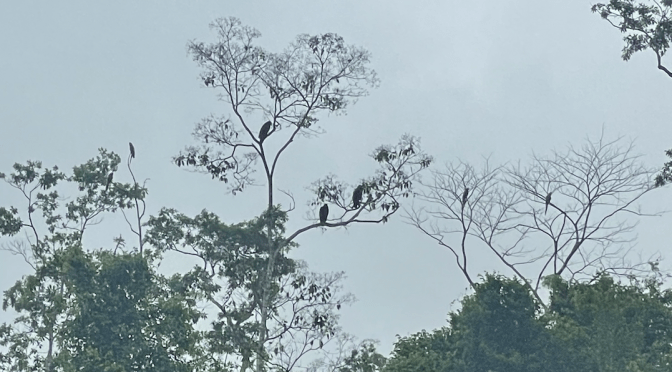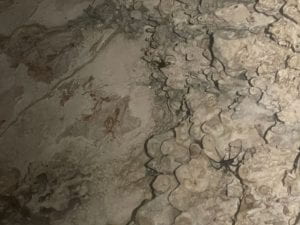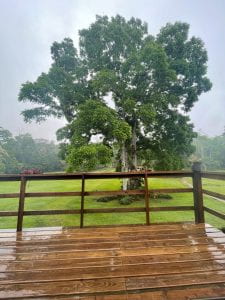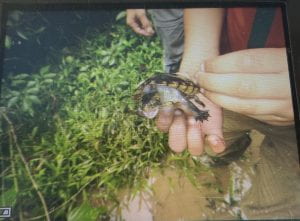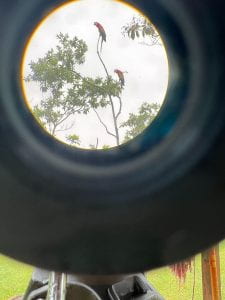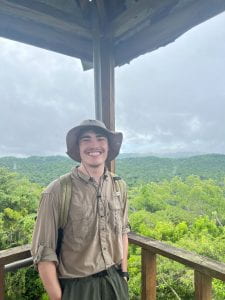

 Today was full of adventure, from swimming into a sacred cave to spotting wildlife under the stars. We left Las Cuevas early and made our way to the Tropical Education Center, but not before stopping at the famous ATM (Actun Tunichil Muknal) cave. Getting inside meant swimming through the entrance and squeezing through narrow rock passages. It was intense but completely worth it—I loved every minute.
Today was full of adventure, from swimming into a sacred cave to spotting wildlife under the stars. We left Las Cuevas early and made our way to the Tropical Education Center, but not before stopping at the famous ATM (Actun Tunichil Muknal) cave. Getting inside meant swimming through the entrance and squeezing through narrow rock passages. It was intense but completely worth it—I loved every minute.
Inside the cave, we saw ancient Mayan pottery and even human remains from ritual sacrifices. Standing in the same space where ceremonies happened centuries ago was surreal. I’ve always found the Mayan culture fascinating, but seeing these artifacts up close added a whole new level of respect and wonder. It felt like stepping into history.
After settling in at the Tropical Education Center, we ended our day with a night visit to the Belize Zoo. I’d never been to a zoo at night before, and seeing nocturnal animals active under the moonlight was such a cool experience. We saw tapirs, wild cats, snakes, and more—but the highlight for me, as someone studying birds, was an owl that called out and actually attracted another owl in response. Watching that interaction felt like witnessing a private moment in the bird world.
Between ancient rituals and modern wildlife, today was unforgettable. Whether we were deep underground or walking through the zoo at night, Belize continues to surprise me with its history, biodiversity, and magic.

